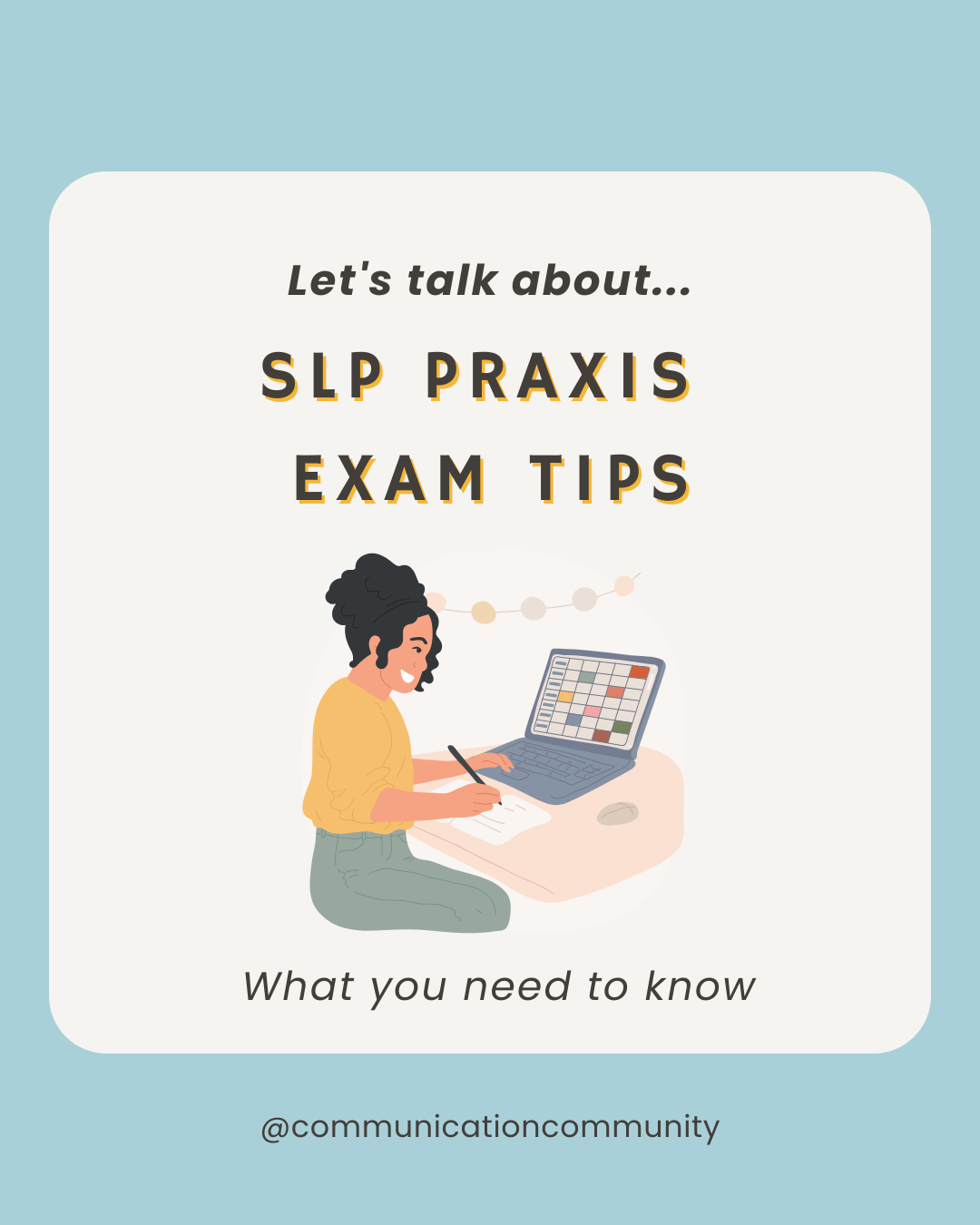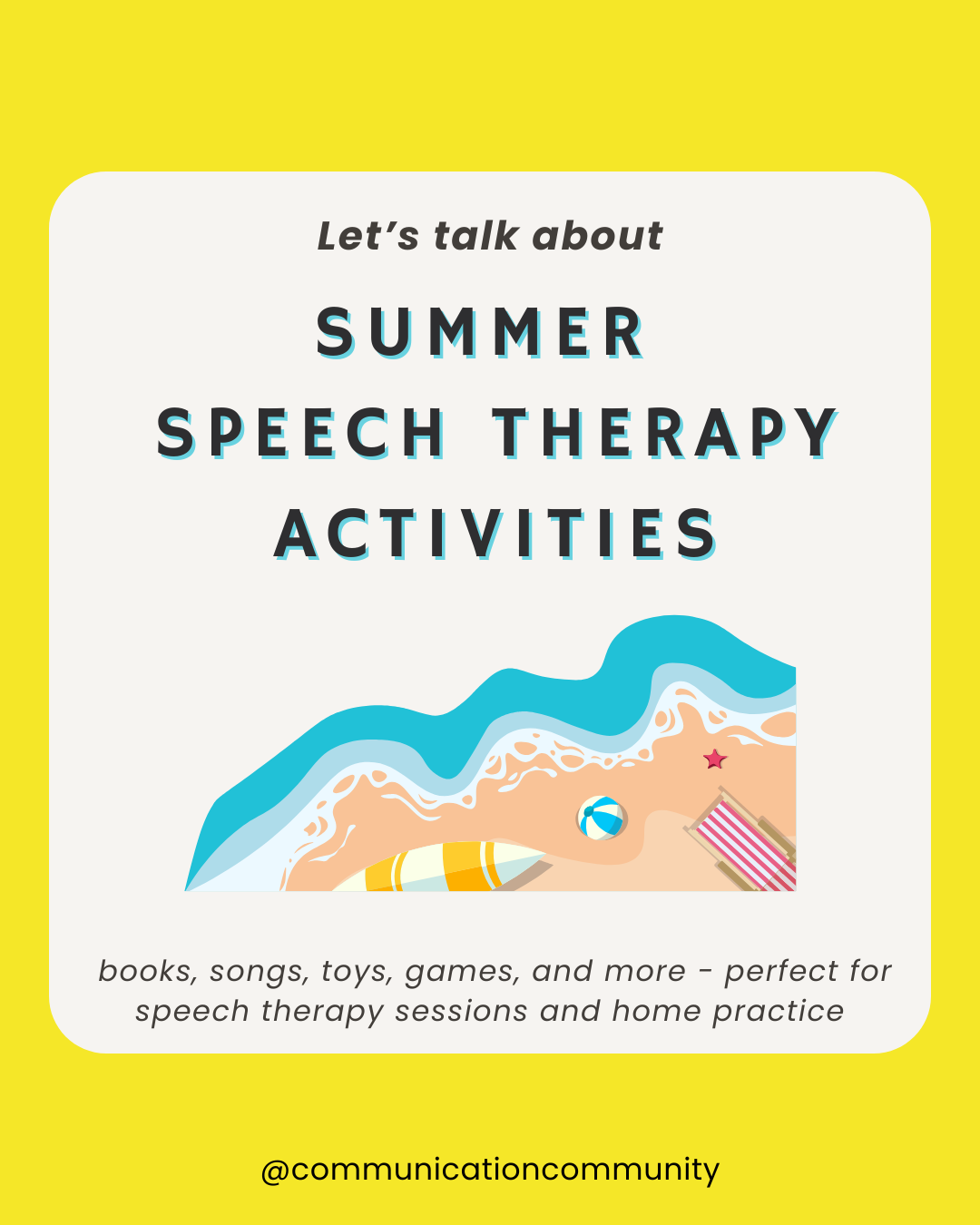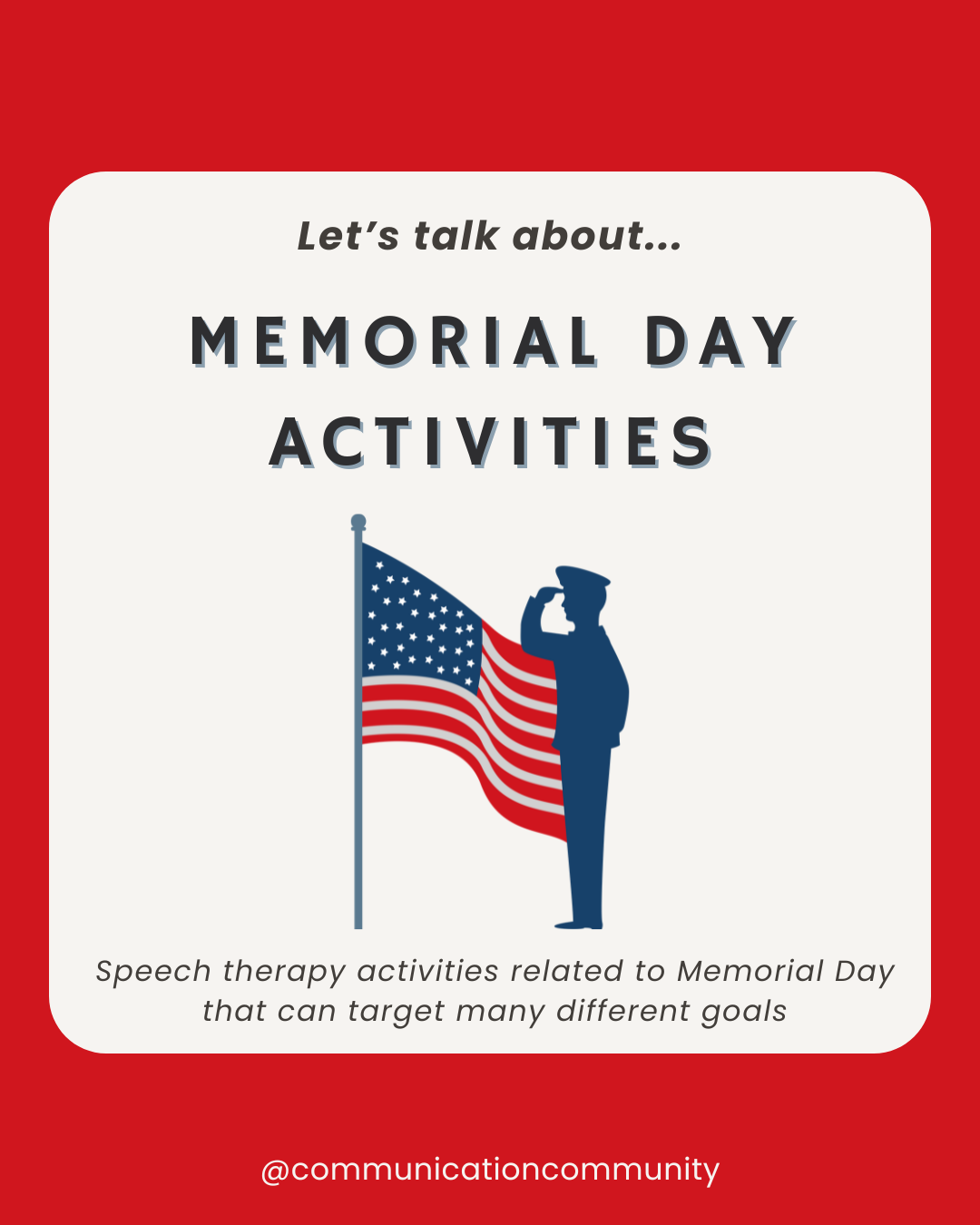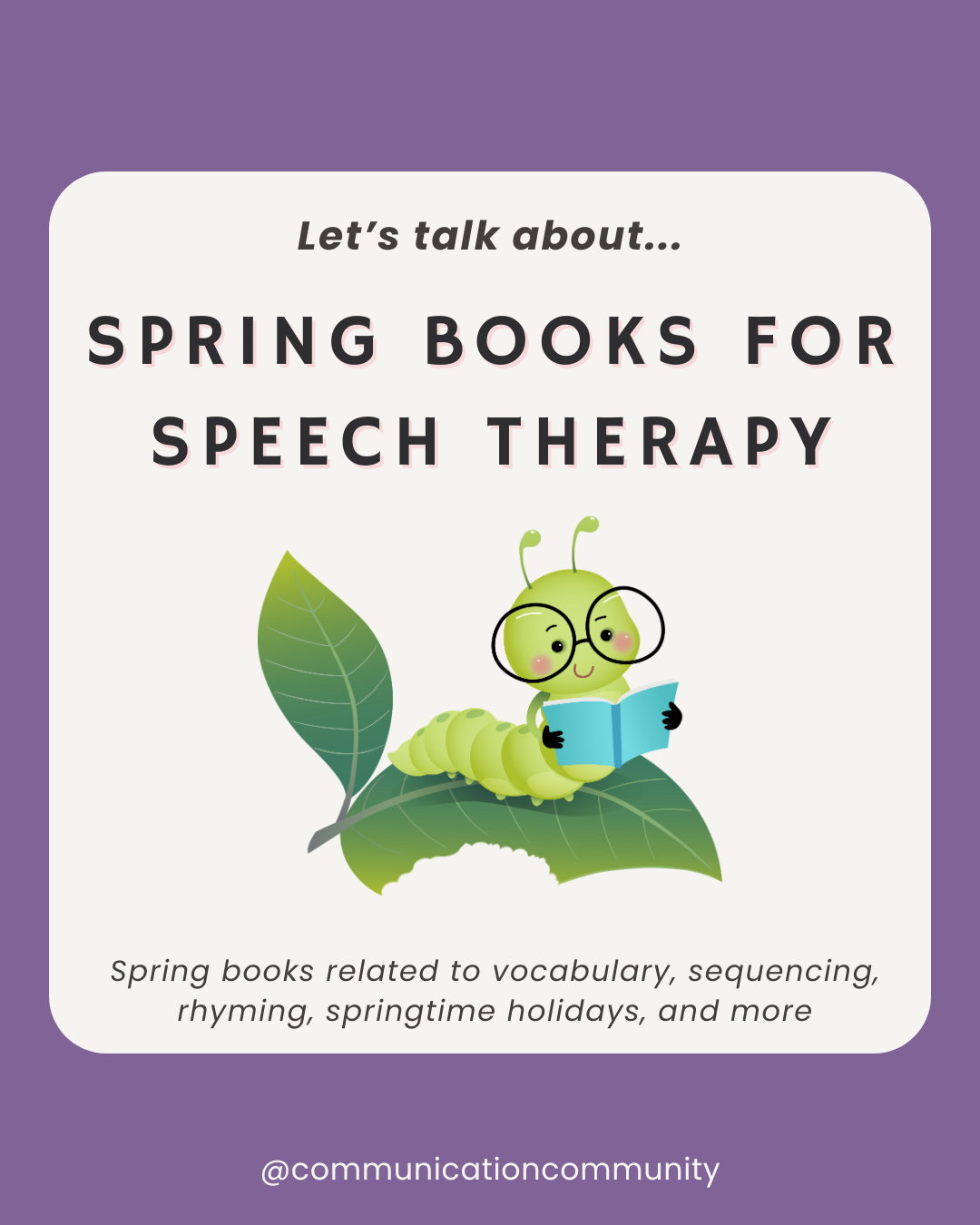For some, this has been a more relaxing summer compared to recent years. Whether it be attending summer camps again, taking long awaited vacations, or spending more time with friends and loved ones - summer seemed to make a comeback!
So, it is not a wonder that some (*raises hand*) feel moderately anxious and/or eager towards going back to school after just getting used to summer again.
One way to make the transition easier is to feel PREPARED. PREPARATION is key. Let us be clear - “preparing” is not to take away any more precious moments of your summer that you need to. Rather, we think of preparing as having a guide for that first week back and an opportunity to tap into some easy, shareable resources. So for teachers and therapists…this list is for you! These activities are great for the whole class or small group settings. We have also included links for some of our recommended products.Like... a printable FREEBIE! Other free resources are also available in our TPT store!
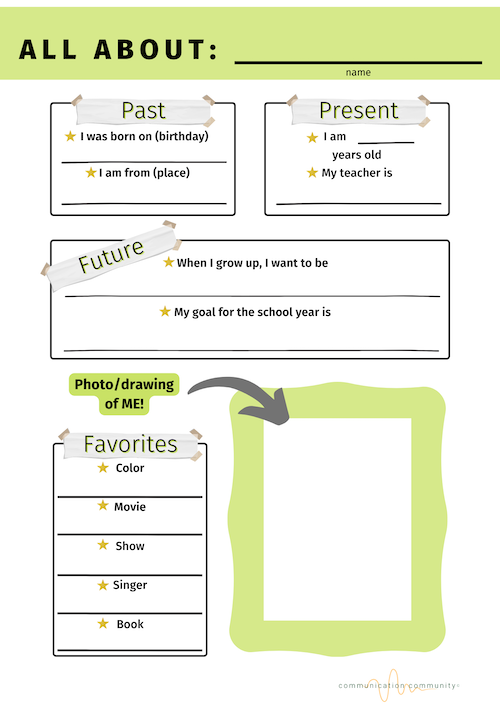
10 EASY Activities for Back to School: Speech Therapy or the Classroom
Icebreaker BINGO
This activity gets the students up and out of their chairs to communicate and ask questions with one another. It’s a great activity for students to familiarize themselves with their class/group. As the teacher/therapist, take this time to observe, plan for another lesson, and step in to support as needed!
Find our free Back to School BINGO worksheet here!
Scavenger hunt
This is another activity where the students can “do their thing” if you have other matters to attend to (WHAT - teachers? No way); like, preparing for dismissal or finishing a parent email. Students can break into (whatever size) groups and tackle their scavenger hunt list!
Scavenger hunt ideas:
Make a checklist (or use visuals) for students to track down different items within the room, such as where their class notebooks will be, or where they turn in their work.
It also serves as a way for the class/group to get to know the space they will be learning in all year!
Circle shares
As SLPs, I think it’s safe to say we like the “talk-y” part of instruction. Communication can be such a powerful way for each student to learn and connect with the other individuals in their class. So circle up and offer different topics to take turns (patience and listening - also powerful) and share! It could be about summer experiences, goals for the new year, or favorite book. You can find some great questions in this Kids Conversation Cards Starter Deck. Each individual can have an opportunity to answer someone’s question then ask someone else a question.

Door decor
Hands-on activities are always a classroom favorite. It allows students to tap into their creativity, work together, and get out of their seats. Decorating the door (or a bulletin board) to the class/therapy room can allow each student to contribute their own piece of artistry to a project. The final product is also rewarding because everyone can see how their creative contributions came together!
Write and reflect
Cue: writing activity. Give your students a prompt that allows them to reflect and allows you as the teacher/therapist to get to know them on a more personal level. One of my favorite prompts is: name a person that supports you and draw a picture of you with that person. You can place the pictures up as a reminder that person is still a presence supporting them from afar or you can also give the students an opportunity to share their sentiments with the classroom.
Beach ball toss
This is a favorite that I’ve used all throughout the school year. Grab a beach ball and use a permanent marker to write various “get-to-know-you” questions. Some examples can include: What’s your favorite food? or Do you have any pets? It can serve as an icebreaker or a topic starter for lengthier group conversations (side note: I love using this to work on WH- questions in social skills or AAC groups).

Would You Rather...? questions
For some reason, individuals of all ages seem to enjoy this game (though, questions can draaastically differ depending on the group you may be playing with). Kids in the classroom are no different and it’s another little to no-prep activity that you can throw in between lessons. Sometimes I like to have materials on hand, like this Would you Rather Questions for Kids but you can also come up with your own questions (e.g., “Would you rather complete a math worksheet or independent read?”).

About Me share - FREEBIE!
This one is a classroom classic and can be used for students of all ages with varied prompts. Students can independently complete (and decorate!) an About Me worksheet (like the one seen above) at their desks or in small groups. Then, worksheets illustrating each student can be presented to the class and/or proudly displayed on a classroom wall or bulletin board. We welcome you to check out our FREE copy in our TpT store!
Q & A with your teacher/therapist
Building rapport is one of the most important factors when working or providing services to individuals (of all ages)! I always appreciated when my classroom teacher shared personal notes about themselves as it gave me a little bit more perspective as a child. Wait - the teacher does NOT live at school? If the class/group appears a little shy, rather than having an open mic to the Q & A, have each student write their question on a small piece of paper and drop it in a hat for you to choose from. This also subtly filters out any questions that you may not want to answer…
Read Back to School Books
There are many books that talk about all things back to school. For older students, you can find some back to school passages on Readworks as well!
Back to School books:
Find them below OR on YouTube!
- Pete the Cat: Rocking in My School Shoes
- Time for School, Little Blue Truck
- How Do Dinosaurs Go to School?
Introduce the Zones of Regulation
Okay, so this is a biggie for me. If I am meeting a new student/client, I LOVE introducing the Zones of Regulation (if it is something that is appropriate for them & adapted to be neurodiversity affirming). It is a tool that can be used all school year long and into the following years! If you don’t know what they are - you can check them out here! It is a framework that helps teach individuals how they can identify their own feelings, the feelings of others, and develop self-regulatory strategies. Colors are used to depict the different emotional states and this curriculum can be easily modified for the population you are working with.

This post contains some affiliate links and we may be (slightly) compensated if you use them, but all opinions are our own. We appreciate the support!

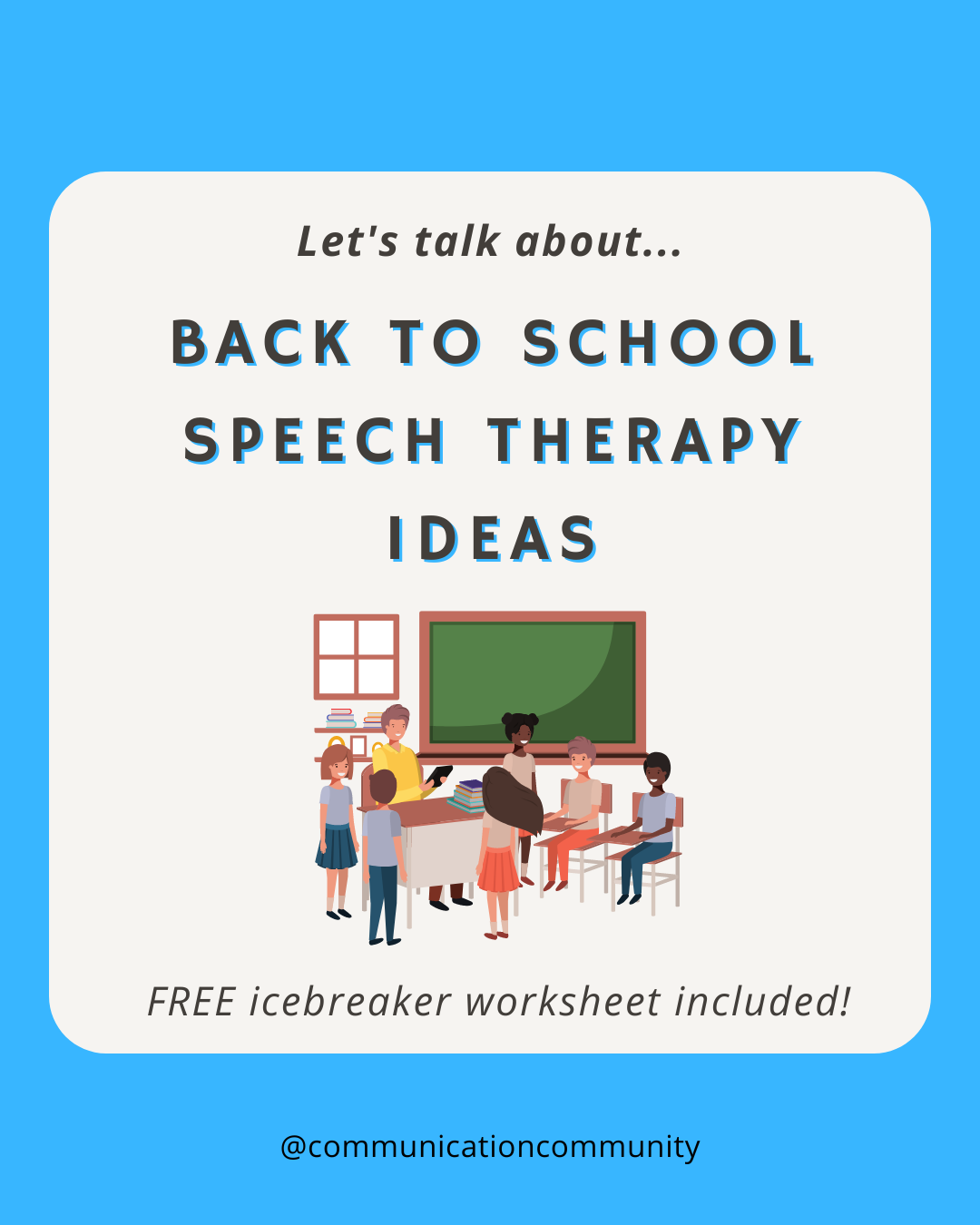
![How to Write Apraxia Goals [with goal bank]](https://www.communicationcommunity.com/content/images/2024/07/Apraxia-Goals--1-.png)
